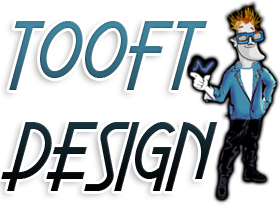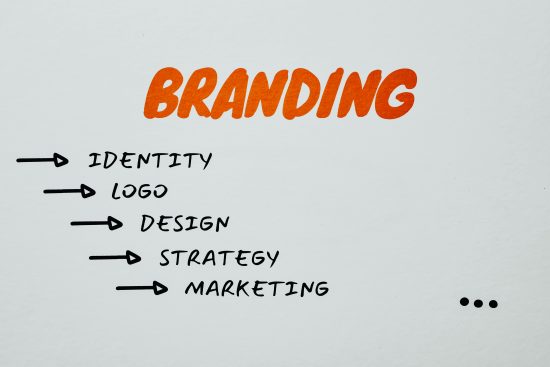
5 Simple Ways to Create a Collaborative Work Environment
As the digital workplace continues to grow, collaboration has never been more important. The most successful companies are the ones who make collaboration and teamwork a core value. However, engaging in effective teamwork is sometimes easier said than done. As someone in a role of leadership, you have a responsibility to model key components of collaboration for your team. If you’re not sure where to start, here are five simple ways you can create a collaborative work environment today.
Create goals and set expectations as a team
The first step to creating a collaborative workspace and environment is to make sure everyone on the team is on the same page. Clearly defining goals and expectations will ensure everyone understands their role and what they’re working towards, preventing frustrations over inefficiency and confusion from developing.
While many managers will describe these predetermined expectations and goals to their employees, a better strategy involves hosting a collaborative meeting during which team members can actively contribute to this process. This encourages everyone to take responsibility by spreading a sense of ownership across the team. A sense of ownership encourages taking pride in ones work and is the driver of motivation.
Implement collaborative software and tools
With many more employees now working remotely, finding ways to foster a sense of community and build coworker connections is more challenging than ever. While Zoom has been readily adopted by most companies, the benefits of the platform only go so far. Fortunately, there are many digital platforms out there that cater specifically to teams looking to foster collaboration. Some of the top programs include:
- Notion is considered an all-in-one workspace that allows for real-time collaboration, planning, and project management. The ability to embed content, drag-and-drop, and customize with ease makes it a popular choice for many businesses.
- Asana is similar to Notion but is much less customizable, making using it simple for even the most tech-adverse on your team.
- Trello is based on the Japanese Kanban organizational system and uses a combination of boards, cards, and lists. Data storage is fairly small, but if your team’s project isn’t too large, it may be a great option for you.
- Flock takes the cake for the platform with the best messaging and communication features. It also allows for integration with other programs, including Asana and Trello.
Actively solve conflict and build trust
Employees that are distrustful of each other will generate conflict and be a major barrier to effective collaboration.Rather than trying to manage conflict as it comes up, take the right steps to develop a work environment that prevents conflict altogether.
To build a safe and positive workplace for your employees, respond propmtly to complaints to show that you’re committed to fostering a positive work environment. Encourage open communication without punishment to prevent resentment from building. Different people have different personalities and work styles, and by encouraging everyone to be upfront and open about what’s on their mind, your employees will understand each other better and develop trust with one another.
Reward failure
It might seem counterintuitive to reward failure, but expecting your team to fail is actually key to producing results. Renowned professor and author, Brené Brown, believes that failure is necessary for creativity and innovation. Employees who never fail do not take risks. To create a productive and innovative work environment, you need your employees to think outside of the box. If they’re scared that they’ll be punished for taking a risk and failing, they’re unlikely to attempt anything new.
Encourage your team to work together to come up with exciting new ideas and procedures by assuring them that failure is okay, as long as they learn from it. This will instill confidence and inspire innovative collaboration.
Emphasize individual strengths
Though collaboration is essential for a productive and positive work environment, an employee who feels their personal achievements are always outshined by the team effort will become resentful towards collaborative practices. Make a point of highlighting individual work in addition to congratulating the team as a whole.
Taking the time to recognize each of your employees individual strengths will also allow you to place them in the role that is most suited to their abilities and ambitions. The wrong fit will only function to discourage the employee and lower their confidence, resulting in low work satisfaction for them personally, and a lack of benefits for the company.
By matching employees to the position that caters to their strengths, they’ll be more likely to feel excited about the work they’re doing and produce meaningful results.


 My name is Garlak Theodorakis, I am graphic designer with almost 10 year experience in the field. Founded Tooft.com in january 2010 with idea to share my knowledge with the world.
My name is Garlak Theodorakis, I am graphic designer with almost 10 year experience in the field. Founded Tooft.com in january 2010 with idea to share my knowledge with the world.






